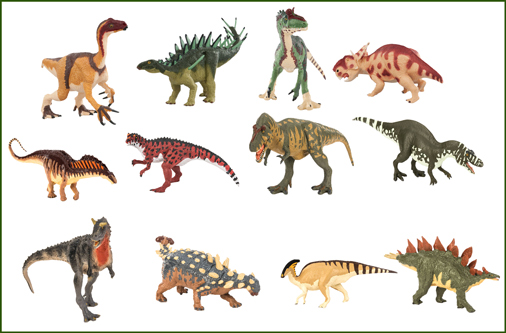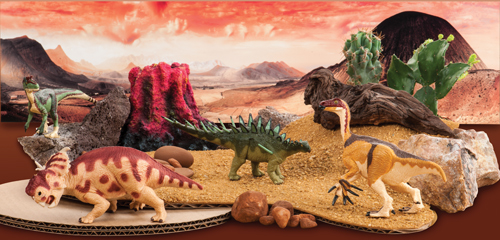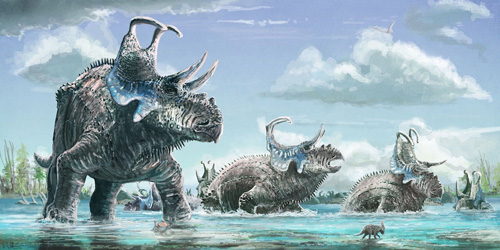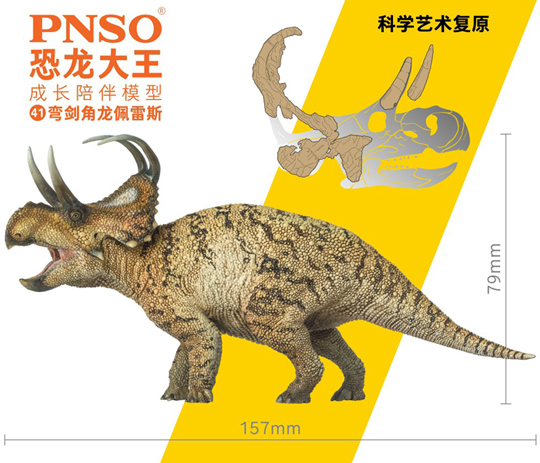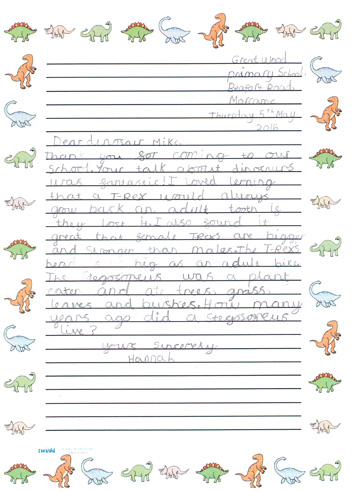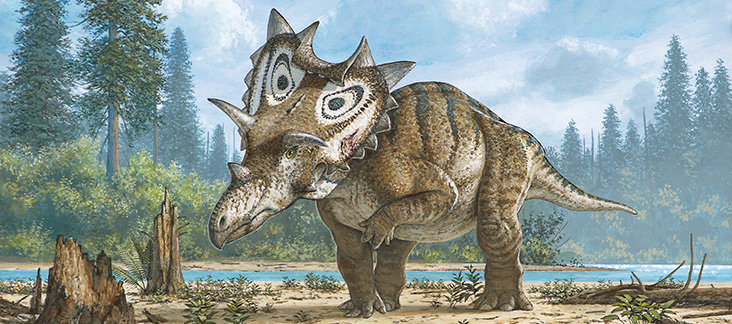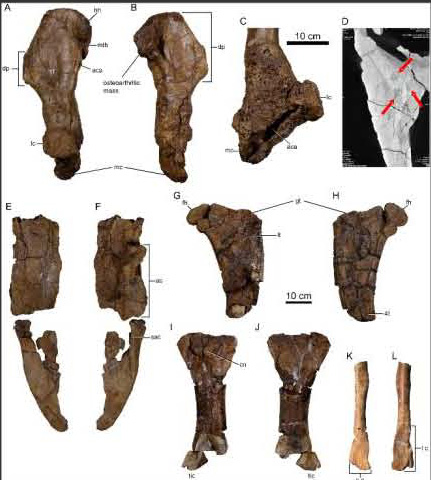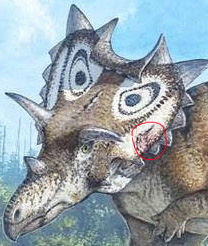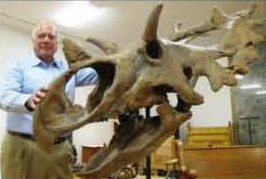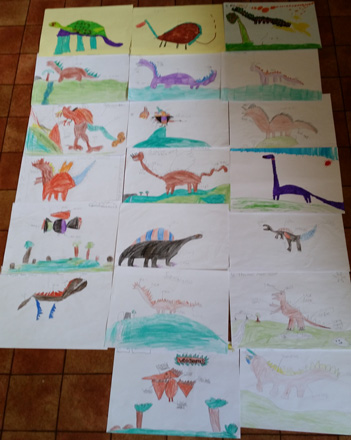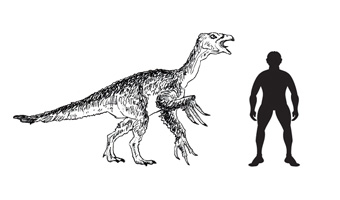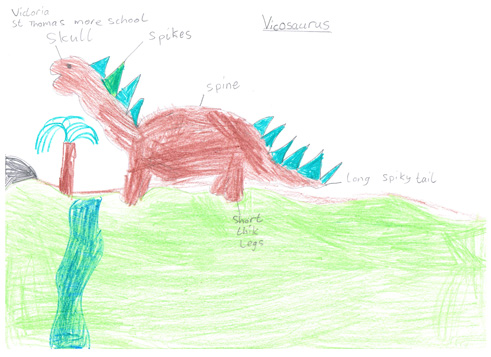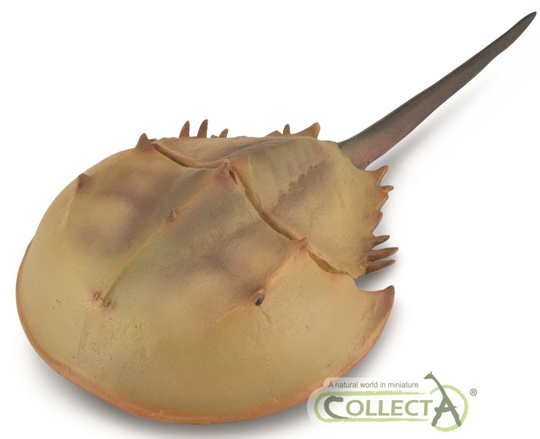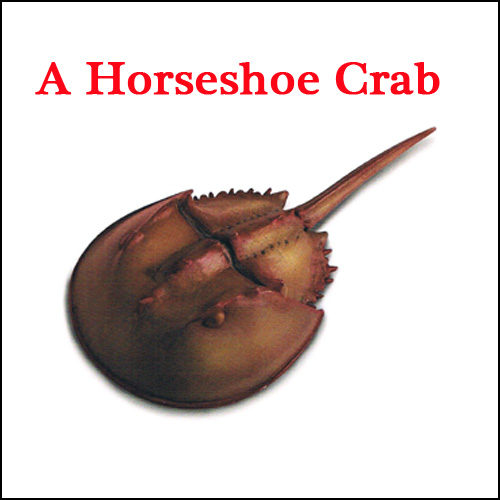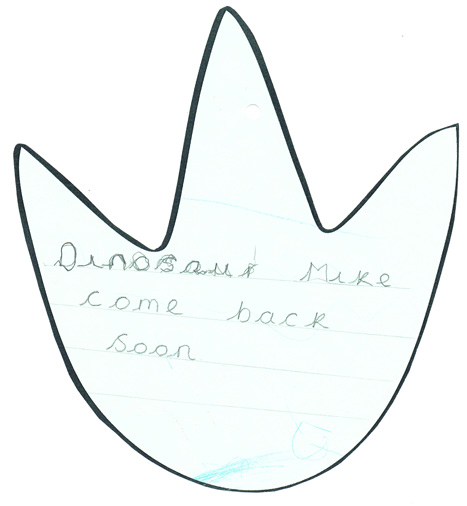Multicellular Eukaryotes from 1.56 billion-year-old Rocks (Gaoyuzhuang Formation)
A team of Chinese and American scientists have confirmed the presence of large (several centimetres long in some cases), communities of eukaryotic cells preserved as impressions within rocks laid down in a shallow marine environment some 1.56 billion years ago. This suggests that organisms had begun to form such structures during the Mesoproterozoic, some five hundred million years or so after the very first eukaryote cells evolved.
Macro-Fossils Preserved in the Mudstones of the Gaoyuzhuang Formation (Northern China)
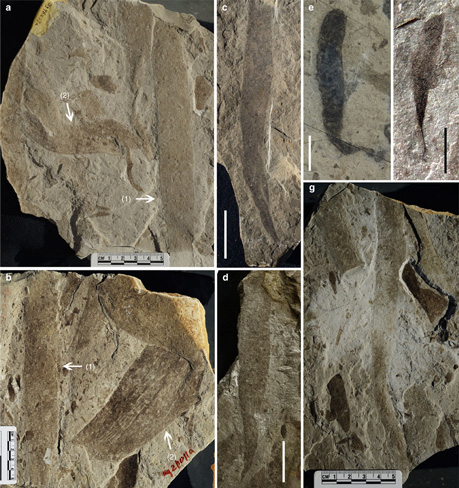
Examples of various eukaryotic communities preserved in the mudstones of the Gaoyuzhuang Formation.
Picture credit: Nature Communications/Nanjing Institute of Geology and Palaeontology
Scale bar information for the picture (above) 5 cm (in a,b,g), 20 mm (in c), 40 mm (in d) and 5 mm (in e,f).
Multicellular Eukaryotes
The scientists, which included Professor Andrew Knoll (Harvard University), a co-author of the academic paper published in the journal “Nature Communications”, identified a variety of different shaped fossils, some were linear, others wedge-shaped, whilst some were oblong and yet another group were described as tongue-shaped. In total, fifty-three fossil communities were identified. Although it is difficult to assign these structures to a place in standard Linnaean classification, a spokesperson from Everything Dinosaur suggested that these ancient life forms could be linked to the Kingdom Protoctista, a biological kingdom which includes certain large, multicellular eukaryotes, such as red algae and kelp.
What is a Eukaryotic Cell?
Eukaryotes have their genetic material enclosed within a nucleus, this is a distinct area within the confines of the cell where the genetic instructions and information can be found. They also have organelles which are specialised structures within the cell that are responsible for specific areas of activity such as mitochondria for energy production or chloroplasts that convert sunlight energy into sugars (photosynthesis). The first cells to form lacked a nucleus and specialised structures (organelles), these cells are referred to as prokaryotes (from the Greek which means “before the nucleus”), the DNA of prokaryotic cells is held in the cytoplasm of the cell.
Prokaryote Cells Compared to Eukaryote Cells
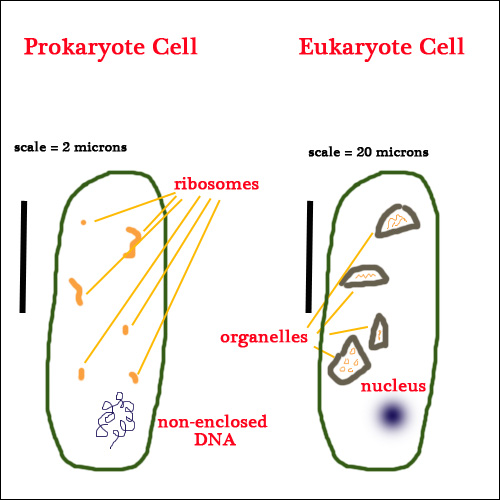
Simple diagram showing differences in eukaryote cells and prokaryote cells.
Picture credit: Everything Dinosaur
The diagram above shows the basic differences between prokaryotic and eukaryotic cells. Note the different scales, due to their unstructured form, prokaryotic cells are much smaller than eukaryotic cells. Fossil evidence for cyanobacteria (prokaryotes) suggest that these cells first formed some 3.5 billion years ago (Archean Eon)*. The first eukaryotic cells may have formed around 2.1 billion years ago**.
Visit Everything Dinosaur’s website: Everything Dinosaur.
Eukaryote Cells
Eukaryote cells most likely evolved from prokaryote cells at some point in the Paleoproterozoic. How this came about is a subject of much debate. One theory proposes predatory prokaryotes engulfed other smaller prokaryote cells. Instead of these cells being consumed, a symbiotic relationship resulted with the smaller cells becoming the specialised elements of the larger cell. Another theory suggests that more complex cells came about due to mutations during cellular division. The presence of DNA strands in mitochondria which are not exactly the same as the DNA found within the host cell nucleus suggests that the mitochondria were once single-celled organisms in their own right.
The Significance of the Gaoyuzhuang Formation
Fossils described as macro-fossils are exceedingly rare in rocks older than the Late Neoproterozoic Era, but uranium – lead (U to Pb) radiometric dating suggests that the biota identified from the mudstones from the Gaoyuzhuang Formation (Yanshan area in the Hebei Province of northern China) are around 1.56 billion years old. Other geological formations dated to over a billion years old which contain macro-fossils have been identified before, but it is the number and variety of the different types of fossil that marks out this strata as being something special.
Researchers Exploring the Exposed Mudstones Looking for Evidence of Ancient Life

Researchers examine the fine-grained mudstones which form part of the Gaoyuzhuang Formation.
Picture credit: Nature Communications
Exhibiting Multicellular Structures
Some of the fossilised structures measure up to thirty centimetres in length and eight centimetres wide. The researchers conclude that the specimens may not represent the oldest know eukaryotes but they are the oldest eukaryotes that exhibit multicellular structures. These organisms lived in a shallow marine environment and they were probably benthic (lived on the sea floor). Analysis of the cells indicates that they may have been capable of photosynthesis and although large by Precambrian standards these organisms cannot be described as complex life.
Explaining the difference between complex life and these large multicellular structures, Professor Knoll stated that the Chinese fossils were:
“Large but I doubt that they were complicated – it’s an important distinction.”
Eukaryotic cells are capable of becoming specialised with different cells being responsible for different systems, functions and processes, a vital step on the path to complex life forms. These cells, preserved as carbonaceous impressions in the rock show no signs of fundamental differentiation at the cellular level.
The Best Evidence Yet
These fossils provide the best evidence to date that multicellular eukaryotes of large size (greater than a centimetre in length), with a regular shape existed in marine environments at least a billion years prior to the Cambrian explosion. They are multicellular but they are not the complex, more specialised and differentiated cells associated with more advanced organisms.
Treated Sections of the Fossils Showing the Cell Structure
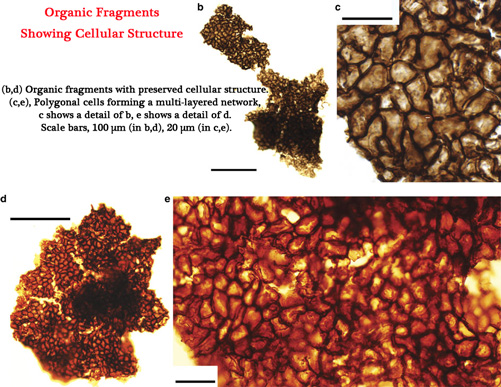
Treated sections of the Gaoyuzhuang Formation fossils showing cellular structures.
Picture credit: Nature Communications
The picture above shows various views of the cell structure. Pictures b and d show organic fragments with preserved cellular structure, the scale bar representing 100 μm (microns). Pictures c and e show polygonal cells forming a multi-layered network (scale bar 20 μm).
The existence of these structures provides further evidence of the diversity of life during the Proterozoic, it also suggests that an increase in oxygen levels in conjunction with the establishment of a protective ozone layer in the Earth’s upper atmosphere may have permitted these multicellular organisms to form.
*/**The dates given for the first fossil evidence of prokaryotes and eukaryotic cells are speculative.


